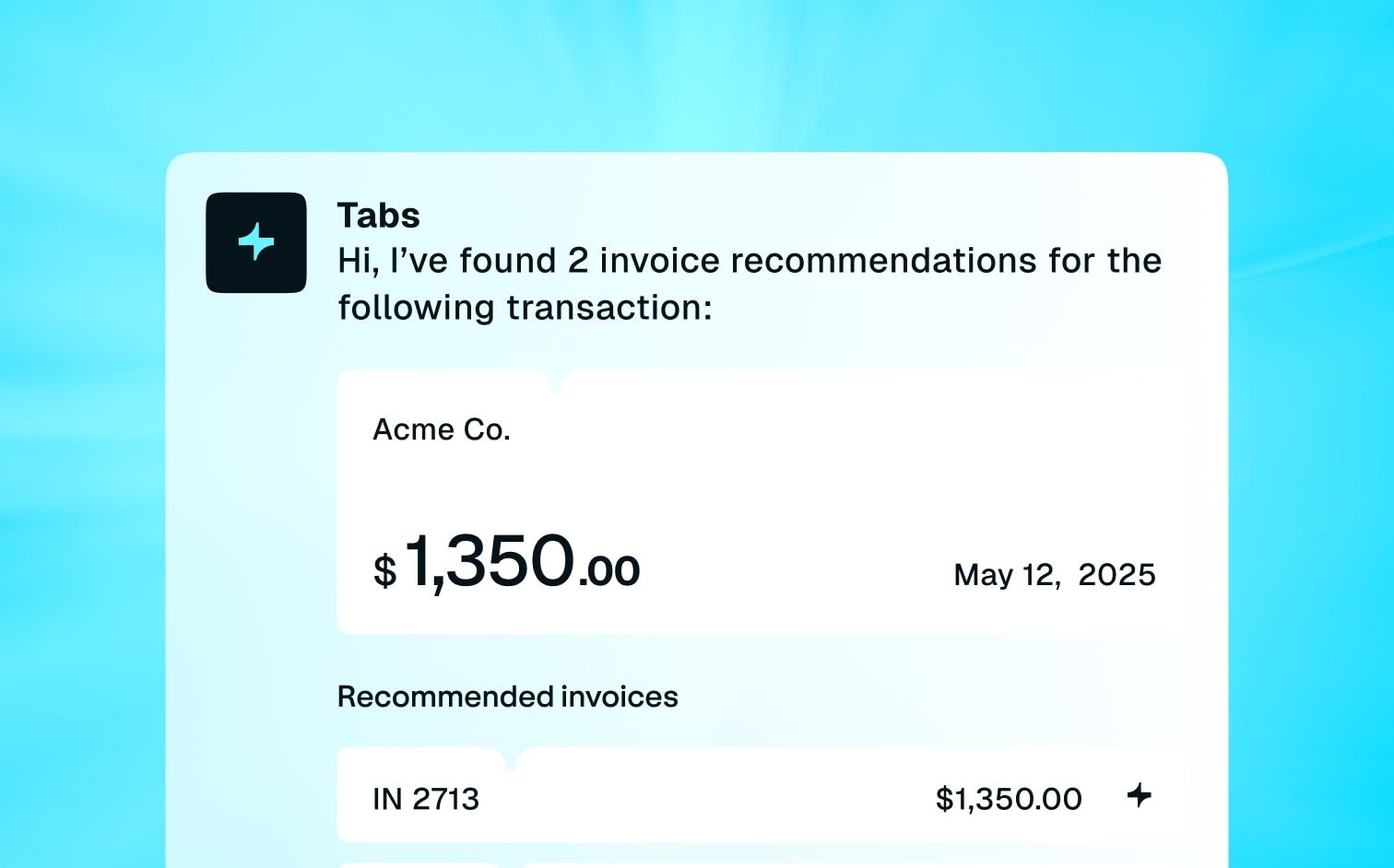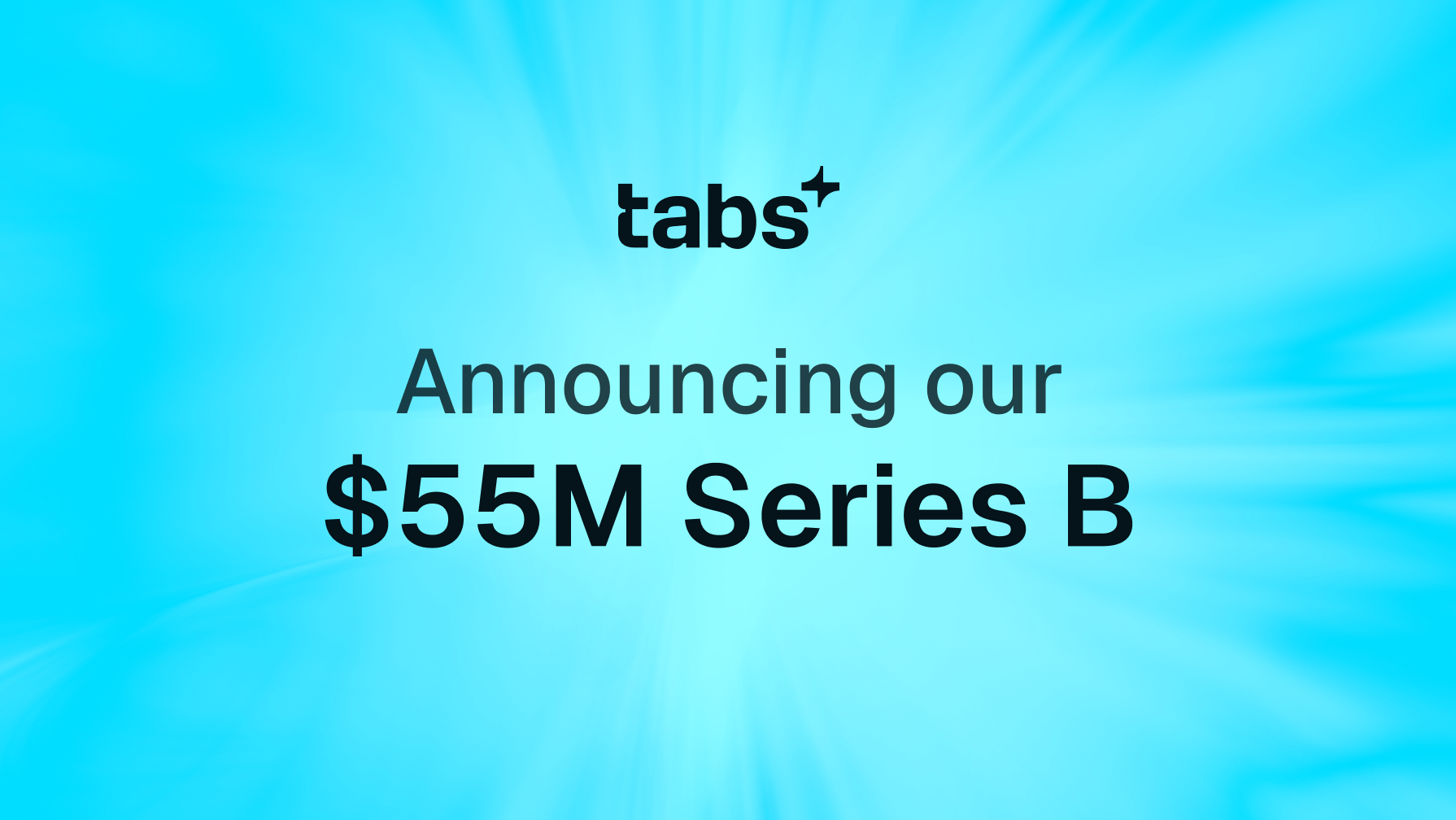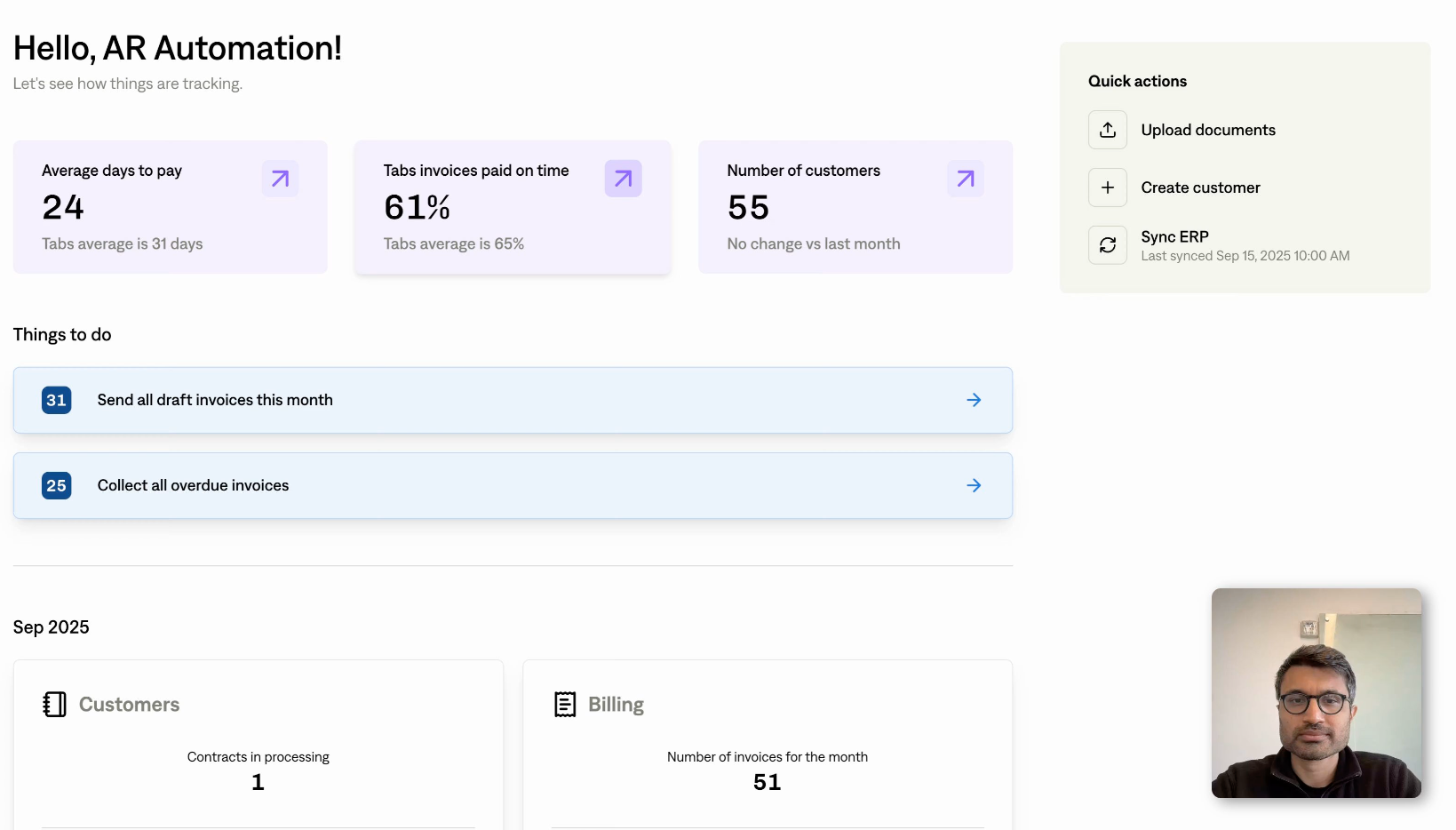How Finance Leaders are Thinking about Revenue Automation and Preparing for the Shift To Usage-Based Billing
“Before asking for more headcount and resources, teams must demonstrate why they cannot get what they want done using AI. What would this area look like if autonomous AI agents were already part of the team?” — Shopify CEO Tobi Lütke
It’s a provocative question. One that modern finance leaders can’t afford to ignore.
Across SaaS companies, the pressure is mounting. The business expects speed, precision, and strategic insight from finance. But the path to delivering all three at once isn’t throwing more people at the problem. It’s rethinking the system entirely.
Gartner reports that 64% of CFOs believe autonomous finance can become a reality by 2028. Yet fewer than 20% say their teams have a clear AI strategy today.
The disconnect isn’t ambition. It’s execution.
Because finance today isn’t just about closing the books, reporting performance, and staying compliant. It’s about architecting the revenue infrastructure for a new era—one that includes usage-based pricing, hybrid contracts, real-time forecasting, and GTM alignment across sales, product, and customer success.
Pricing has evolved. Has your tech stack?
A staggering 61% of SaaS companies now use usage-based pricing, and that number is growing fast. Two forces are colliding to make static tools and traditional brittle workflows obsolete:First, the old seat-based playbook playbook—add licenses, bundle more features, upsell to premium, add services—is losing steam. Buyers today are more usage-aware and cost-conscious. A Bain & Company study found that 80% of customers feel usage-based pricing better reflects the value they receive, and two-thirds of companies using it report higher revenue expansion from existing customers.
Second, the rise of AI-native products is accelerating the shift. Inference calls. API usage. Vector storage. They aren’t easily bucketed into flat-rate plans. The demand is elastic, dynamic—and billing needs to keep up. Forecasting is no longer a quarterly exercise. In usage-based models, revenue happens in real time—and finance systems need to catch up.
As sci-fi author William Gibson once said, “The future is already here—it’s just not evenly distributed.”
The CFOs who win will be the ones who operationalize AI. They’ll be the ones who use it to automate the manual, structure the messy, and build scalable systems that future-proof their revenue operations.
This guide is for the ones doing just that. CFOs, VPs of Finance, Controllers, and RevOps leaders who aren’t waiting to be told what AI means for finance. They’re defining it by how they operate.
From Seats to Streams: Why Usage-Based Is Here to Stay
If every company is now an AI company, then every company is becoming a usage-based billing company.
AI usage, API calls, consumption-based SKUs, flexible pricing - these aren’t fringe monetization tactics anymore. They’re table stakes for how modern software gets sold and scaled.
The shift is visible everywhere:
- Enterprise contracts blending subscriptions with overage tiers and milestone payments
- Product-led growth (PLG) motions that convert based on usage, not demos
- AI-native offerings priced on compute cycles, storage, or API hits
What’s collapsing is the old model: flat-rate pricing mapped to static SKUs. Rigid pricing leads to misaligned sales and finance expectations. Outdated forecasting methods fail to capture elastic usage patterns, creating blind spots. Spreadsheets strain to reconcile billing events that happen in real-time.
These static models simply can’t keep up.
For finance teams, this increase in variability and complexity has created a clear mandate: deliver precision without slowing down the business.
The challenge? Most billing systems were designed for simplicity—monthly subscriptions, annual contracts, clean renewals. Static billing tools and spreadsheet workflows weren’t built for a world where revenue is earned line-by-line, minute-by-minute.
Supporting usage-based pricing structures isn’t just a billing problem. It’s a system, forecasting, and revenue operations problem.
One that requires infrastructure that’s as dynamic as the pricing models it supports.
Data Chaos: The #1 Revenue Killer
Every finance leader knows the feeling.
It’s the 28th of the month. Sales just closed a large contract—without legal or finance in the loop. The terms? Buried in a PDF with a custom billing clause no one’s ever seen before. RevOps pings on Slack: “Can we bill this monthly but recognize it quarterly?”
Your controller is juggling ten spreadsheets. Your ERP is missing the latest tiered pricing logic. And no one’s sure if the invoice includes the current usage volume.
This isn’t a people problem. It’s a system problem. The biggest threat to modern finance isn’t fraud—it’s fragmentation.
Over 70% of finance teams still rely on spreadsheets, email chains, and disconnected systems to manage revenue operations. Where contract, billing, and rev rec systems don’t connect, bad data hides in:
- Contract terms and escalator clauses buried in PDFs
- Pricing logic stored in someone’s head
- Usage data scattered across tools with no reconciliations
Most SaaS and AI companies have evolved fast—launching new products, shifting pricing models, layering on PLG motions, and expanding globally. Yet their finance tech stack is being cobbled together, piece by piece, in response to each new fire. The result is a Frankenstein stack where contracts live in emails threads, billing logic lives in spreadsheets, rev rec workflows are manually patched together, and pricing models get misapplied.
This slows down revenue, leads to reporting mismatches, and makes audit prep a nightmare. The symptoms manifest themselves in startling ways:
- Book closes drag on for weeks
- Manual overrides become normalized
- Forecasts lose credibility
- Churn risks spike from billing errors
- Board and investor trust erodes
Quick Litmus Test:
Can your current stack answer these 3 questions in under 5 minutes?
- % of usage-based revenue
- % of non-standard contracts
- Deferred revenue tied to custom terms
If not—it’s time to modernize.
What “Clean Data In, Clean Revenue Out” Looks Like for Modern Finance Leaders
Speed is table stakes. Cleanliness is the differentiator.
The best finance teams don’t just close faster—they close with clarity. They scale without last-minute surprises, revenue reinstatements, or investor concerns during audits. Why? Because their systems are structurally sound, not duct-taped together.
Modern finance leaders don’t just want automation. They want confidence—confidence that invoices reflect real contract terms, revenue is recognized accurately and auditably, and forecasts are grounded in real-time, reconciled data.
That level of confidence starts with a contract-to-cash foundation that is:
- Clean at the input layer: Structured data in, no re-keying or guesswork
- Automated at the workflow level: Minimum manual intervention, maximum control
- Auditable from end-to-end: Traceable, transparent, and built for compliance
And it doesn’t come from stitching together another “system of record”.
You need a system of intelligence—one that’s dynamic enough to flex with your pricing models, scalable enough to handle global growth, and powerful enough to handle everything from billing ops to board reporting.
The 5 Pillars of a Usage-Ready Finance Stack
- Structured contract data: Automatically extract and validate terms from PDFs, Word docs, emails. No more swivel-chairing between tools or deciphering what “custom clause 3B” actually means.
- Automated invoicing: Bill for hybrid or usage-based models with logic that adapts. Stop relying on patches, plugins, or fragile spreadsheets.
- Real-time payment tracking & dunning: Monitor cash flow and intervene early with smart dunning workflows that catch discrepancies before they hit the books.
- Smart revenue recognition: GenerateASC 606-compliant entries with audit-grade transparency. Whether revenue is milestone-based, usage-based, or somewhere in between, stay both confident and compliant.
- Unified audit trail: From contract signature to cash collection, every decision is tracked, centralized, and review-ready; a true single source of truth.
Where does Tabs fit into all this?
While Tabs isn’t trying to be your ERP, it’s certainly more than just a billing tool. It’s your system of intelligence.
Tabs is the connective tissue across your finance stack—automating the messy, structuring the inconsistent, and making usage-based pricing not just possible, but predictable. It works with your existing stack
AI-Powered Revenue Ops in Practice
AI in finance doesn’t have to just mean predictive forecasting or generative board decks. Sometimes, the most transformative use cases are also the most tactical. Revenue operations—particularly in usage-based models—are full of repetitive, error-prone, and judgement-heavy tasks that drain time and introduce risk. AI changes that by automating the work, normalizing the chaos, and surfacing insights where human eyes would miss them.
With Tabs, AI isn’t an overlay. It’s operational.
It’s woven into every step of the contract-to-revenue lifecycle, so your team can move faster without sacrificing control. Here’s what AI-powered revenue ops actually looks like in practice:
- Extract contract terms from PDFs, Word docs, and emails. AI parses language, identifies billing clauses, and structures terms automatically—no manual review needed. You no longer need to buy tools built for legal teams to retrofit finance and GTM needs.
- Normalize and validate data against billing and ERP logic. Custom terms aren’t exceptions anymore. Tabs reconciles them against pricing logic and compliance rules in real time.
- Automate invoicing and revenue recognition across models. Whether it’s usage-based, milestone-based, or a hybrid of both, Tabs applies the right rules, creates the right entries, and keeps everything audit-ready.
- Track payments and trigger built-in dunning workflows. Tabs monitors cash flow continuously, flags discrepancies early, and automates follow-ups with context-aware nudges.
- Maintain a traceable, tamper-proof audit trail. Every contract, clauses, amendment, override, and output is logged and accessible. Your team and your auditors receive the transparency they need.
The result? Fewer bottlenecks. Cleaner data. Faster closes. And a finance team that finally has time to think like a strategic partner—not just a catch-all for downstream GTM chaos.
But don’t just take our word for it. Over 30% of our customers have adopted usage-based models. And they all did so in under 30 days (as opposed to 9-12 months with traditional billing solutions).
“Thanks to Tabs all of our historical revenue, deferred revenue, and A/R balances are now clean and we’ve automated the entire contract-to-cash & accounting reconciliation process going forward.” — Evan Pincus, VP, Head of Finance, Cortex
The Finance Stack Is the Growth Stack
Usage-based pricing isn’t a trend. It's a structural shift.
And like every structural shift, it creates both winners and bottlenecks.
The companies that scale cleanly through this transition won’t be the ones with the most headcount or the flashiest dashboards. They’ll be the ones with the clearest, most reliable revenue infrastructure beneath it all.
Because when billing logic is opaque, contract data is scattered, and rev rec workflows are brittle—growth doesn’t just slow. It gets riskier.
When finance infrastructure isn’t the bottleneck, the entire company moves faster. Pricing teams can iterate. GTM teams can launch new features. Product can monetize new AI capabilities the moment they ship.
The future of SaaS billing isn’t a flat-rate invoice. It’s a dynamic, usage-aligned relationship that scales as your customers grow.
As a CFO, VP of Finance, or RevOps leader, your job isn’t to predict every pricing change or GTM pivot. It’s to make sure your systems are ready for them. That means:
- Standardizing messy contract data
- Automating manual billing and rev rec workflows
- Connecting the tools your team already uses
- And doing it all without sacrificing accuracy, auditability, or control
You don’t need to rebuild your stack from scratch. But you do need to modernize the parts that are holding you back. Tabs gives you the clarity, automation, and structure to do just that—before the next audit, pricing change, or late close becomes a crisis.





